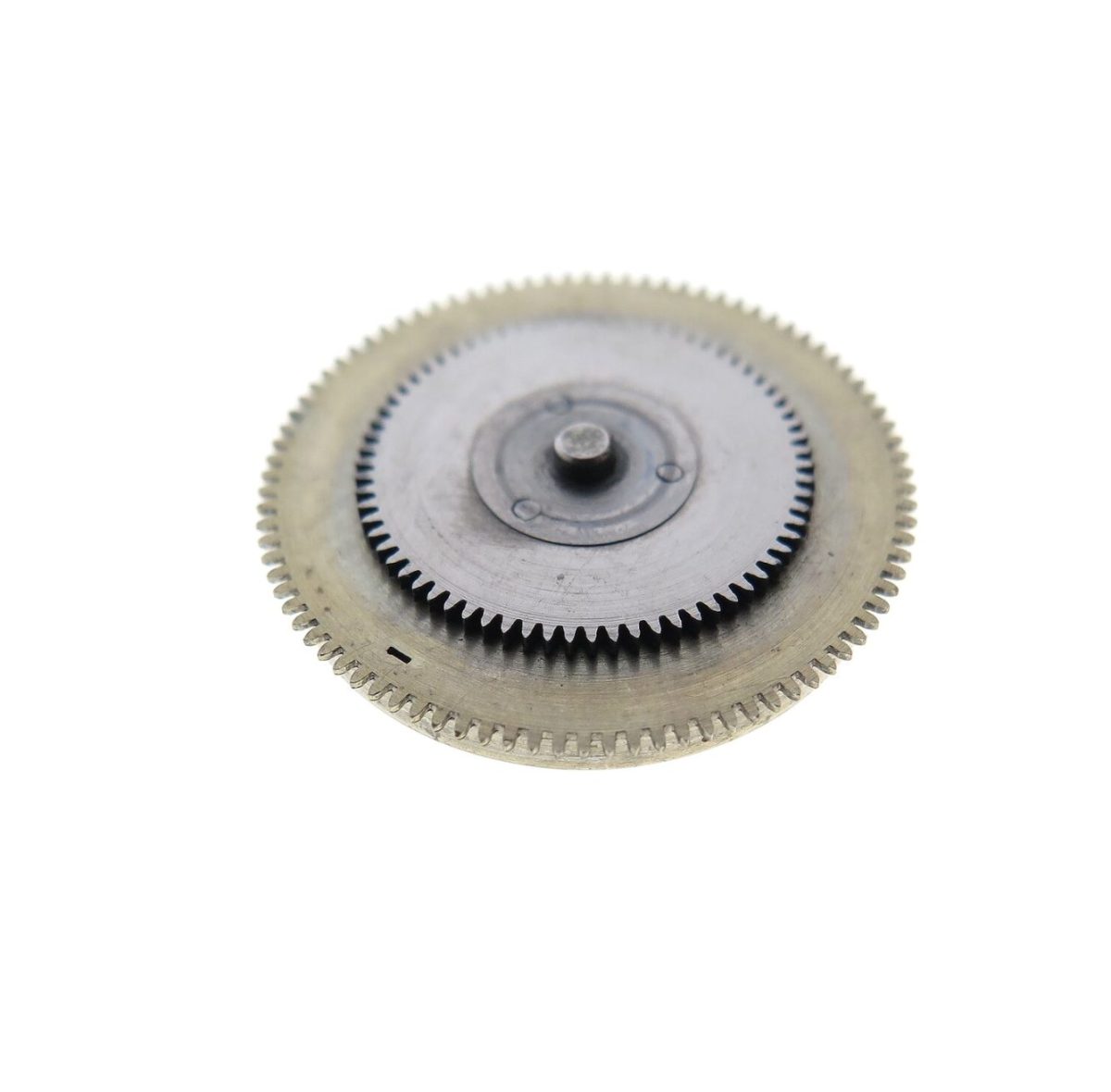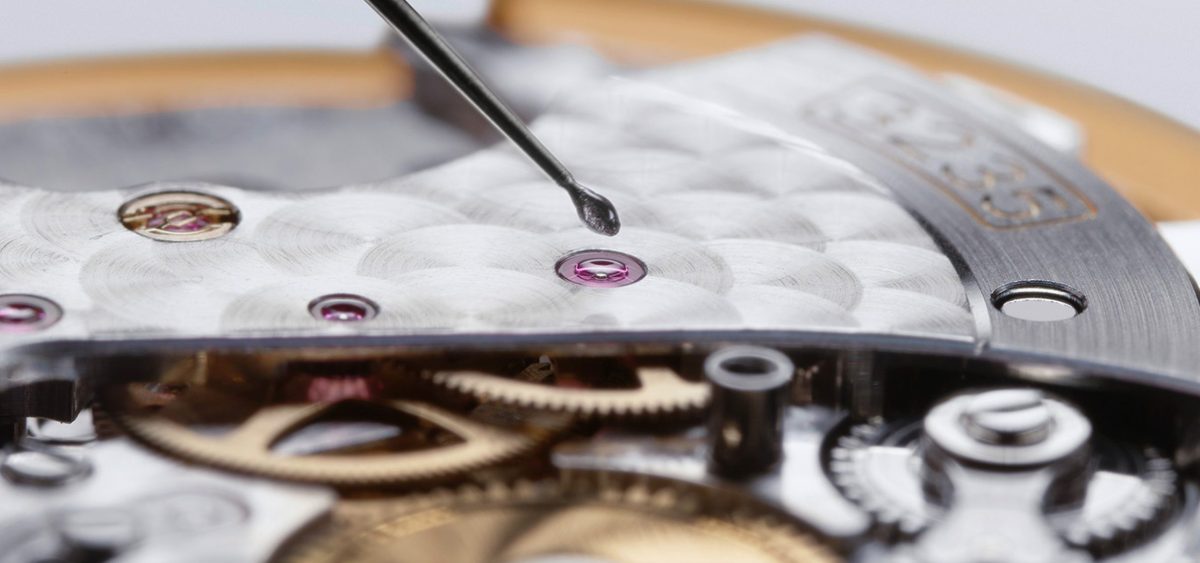This article is written for those that are not too familiar with taking care of their pocket watch. Maybe you have inherited a well-beloved family piece, or just started collecting. Easy to say, it is important to know about the do’s and don’ts when it comes to taking care of your antique pocket watch since these mechanical wonders with a fragile nature are vulnerable when handled incorrectly.



SERVICING
If you own an antique pocket watch, you can be sure of the fact that it is powered by a mechanical movement. This mechanical movement, in its simplest form, already consists of at least 75 parts. All these screws, bridges, gears and pivots need to be cleaned from time to time. Periodic cleaning is necessary to remove dirt and dust. Besides the removal of unwanted dirt, a servicing/overhaul provides the movement with special watchmakers oil to keep it running smoothly. While it’s a common belief among watchmakers that mechanical movements should be cleaned every five years, the need for maintenance may vary based on how often you wear the watch, how well you take care of it and naturally, the type of watch and its movement.

When do you know your watch requires a service?
The primary reason individuals seek watch servicing is typically due to a partial/complete stoppage of the movement. In this case, the most important mechanical parts have collected too much dirt, or the lubricating watchmakers oil developed to a harsh brown gooey substance. Usually, this only happens with pocket watches that have been completely neglected (by collecting dust in drawers for multiple decades).
Another easy notice one can make is timing how many minutes your watch is gaining/losing every 24 hours. Movements not keeping time accurately could benefit from a simple regulation service (with a timegrapher instrument, it usually takes a watchmaker less than a minute to regulate a movement). Therefore, assuming the watchmaker is not exploiting you, this should not cost you much or anything at all.
Sometimes it is not that obvious finding out your watch needs servicing. Especially when the watch in question hasn’t been in your possession long enough to know its service history from, let’s say, the previous 5 years. In that case, we simply advise you to visit a watchmaker and seek for advice. With a quick glance using their microscope or loop it is fairly easy to determine if a watch needs servicing or not.
Where to go?
If your pocket watch requires servicing, you can either send it to the original manufacturer (which will be difficult if the watch in question is 18th or 17th century) or find a trustworthy watchmaker closer to your location. Keep in mind that a service by, let’s say, Patek Philippe, A Lange & Söhne or Omega can easily take up to several months. A local watchmaker is often far quicker and almost always the more affordable option. Just ensure the watchmaker is knowledgeable and dedicated to their profession.
It’s crucial to be specific about the type of service you require, as some watchmakers may make changes to the watch’s components without your consent. They may replace the dial, hands, crystal, crown, and even apply new lume or polish cases, which can decrease the pocket watch value by a lot. Most likely you will value the originality and natural aging of the timepiece. Therefore, make sure to communicate your service preferences clearly to preserve the watch’s authenticity.

WINDING

Although winding your pocket watch is a simple task, there are some things you should keep in mind. Be gentle; the mainspring of your pocket watch is quite strong, but not unbreakable. When fully wound, you can feel its resistance through the crown. Do not try to take a last turn out of it by over-winding your watch.
Despite some who prefer to keep their watches running daily, we advise against the daily use of your pocket watch. A movement is made to run, yes, but just as any mechanical machine, a movement also causes wear and tear. By keeping the mainspring fully wound and the movement always in ticking motion, you are reducing the lifetime of your watch.
GENERAL
Lastly, it’s important to mention some general rules for preserving your pocket watch in the best possible condition. While some of these points may seem obvious, it is surprising how frequently precious and rare timepieces are damaged due to neglecting these guidelines. Therefore, it is crucial to take note of the following tips and make sure you are taking all the necessary measures to ensure the longevity and value of your pocket watch.
- Case Cleaning
It is advisable to avoid frequent cleaning of the case of your pocket watch, particularly if it features a delicate (guilloche) engraving. When you use a cloth and silver or gold polish to polish your watch, you remove a minuscule amount of the precious metal with each polishing. Repeated polishing can gradually erode the fine details of the engraving. Collectors typically prefer a sharp, finely engraved case with a non-shiny appearance over a super clean, smoothed-out case. In short, preserving the original, intricate design of your pocket watch is key to maintaining its value and appeal among collectors.
-
Water
Pocket watches are (almost) never waterproof. The design of cases and crowns has not been adjusted to the danger of water because this is not a problem that often occurs. Whilst wrist watches are exposed to water far more often, due to being worn on the wrist and actually serving as a tool watch needed in water, pocket watches are worn close to the body in pockets, almost never being exposed to direct water. The plus side is, you will not often have to worry about your pocket watch getting wet. The down side is, if your pocket watch does get wet, it will be very poor in terms of water resistance. Moreover, temperature and pressure changes caused by moving from a cold, air-conditioned environment to a warm, humid climate can create small water particles that can lead to oxidation over time. While it is unlikely that a pocket watch will come into direct contact with water, it is important to be aware of the potential risks and take appropriate precautions to preserve its condition.
- The right chain
Drawing a comparison with wrist watches, it is similar to how you would not want to pair a valuable or cherished wrist watch with a cheap $10 leather strap. Similarly, if you intend to wear your antique pocket watch occasionally, it is essential to choose a high-quality chain with secure closures and a robust construction. It is worth investing some time in researching and selecting a trustworthy chain that not only complements the aesthetic of your pocket watch but also ensures its safety and longevity. By taking care in choosing the right chain, you can elevate the overall appeal of your pocket watch and ensure that it remains a cherished possession for years to come.
-
Case opening
When attempting to open the lids of your pocket watch case, it is advisable to use your fingernail as it will not leave any unsightly marks on the metal. However, if your nails are not long enough or the lids are too tight, it is best to use a sharp knife instead of a blunt one. Using a sharp knife allows for a better grip and makes it easier to slide between the metals without the risk of slipping and causing damage to the case, or even injuring yourself. Therefore, it is always best to take your time and use the right tools to ensure that you can access the inner workings of your pocket watch without causing any harm.
If you have any questions or uncertainties regarding the best ways to take care of your pocket watch, please do not hesitate to contact us anytime. We are more than happy to assist you with any specific inquiries you may have. Enjoy your timepiece, and wear it in good health.

